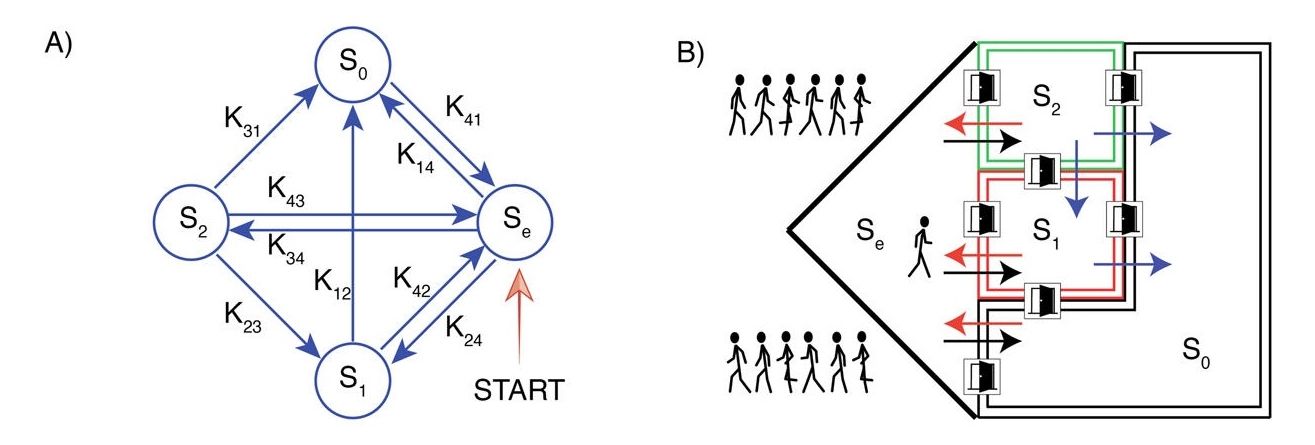Mar 19, 2017
Let’s Use Schrödinger’s Cat To Learn About Quantum Entanglement
Posted by Shailesh Prasad in category: quantum physics
Support me on Patreon: http://www.patreon.com/minutephysics
Previous video on No Cloning: https://youtu.be/owPC60Ue0BE
How to teleport Schrödinger’s cat: this video presents the full quantum teleportation procedure, in which an arbitrary qubit (spin, etc) is teleported from Alice to Bob by way of a pair of particles entangled in a bell (EPR) state and the transmission of information via a classical channel.
Continue reading “Let’s Use Schrödinger’s Cat To Learn About Quantum Entanglement” »


















